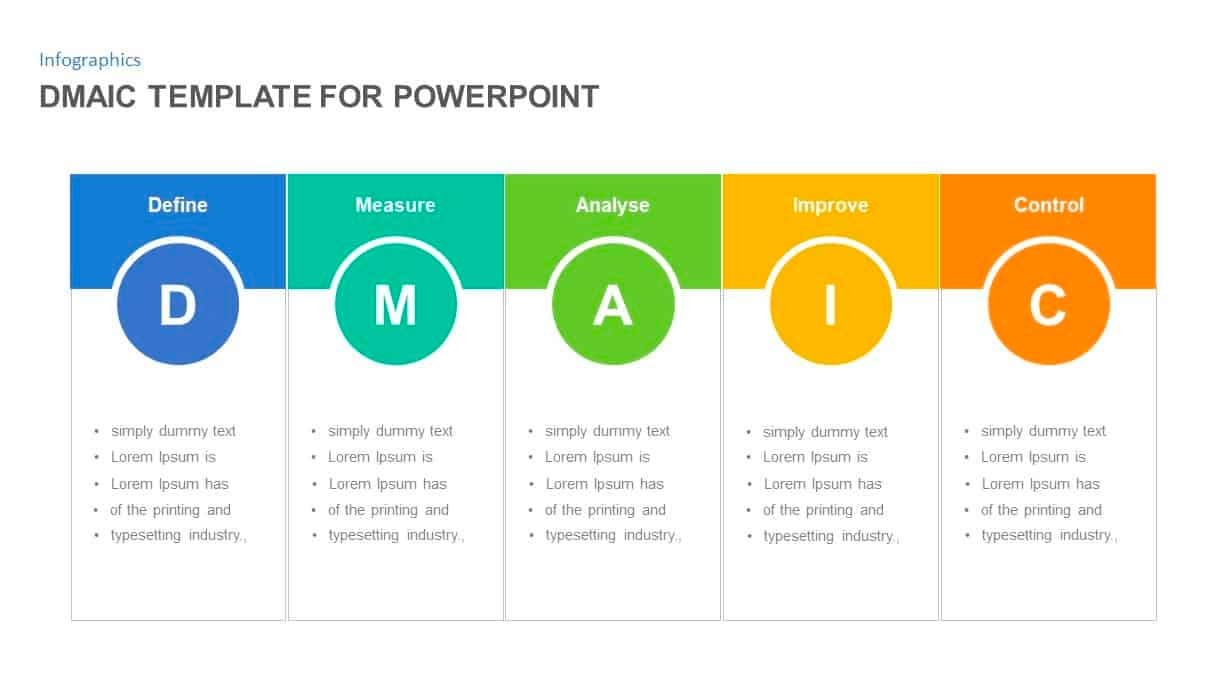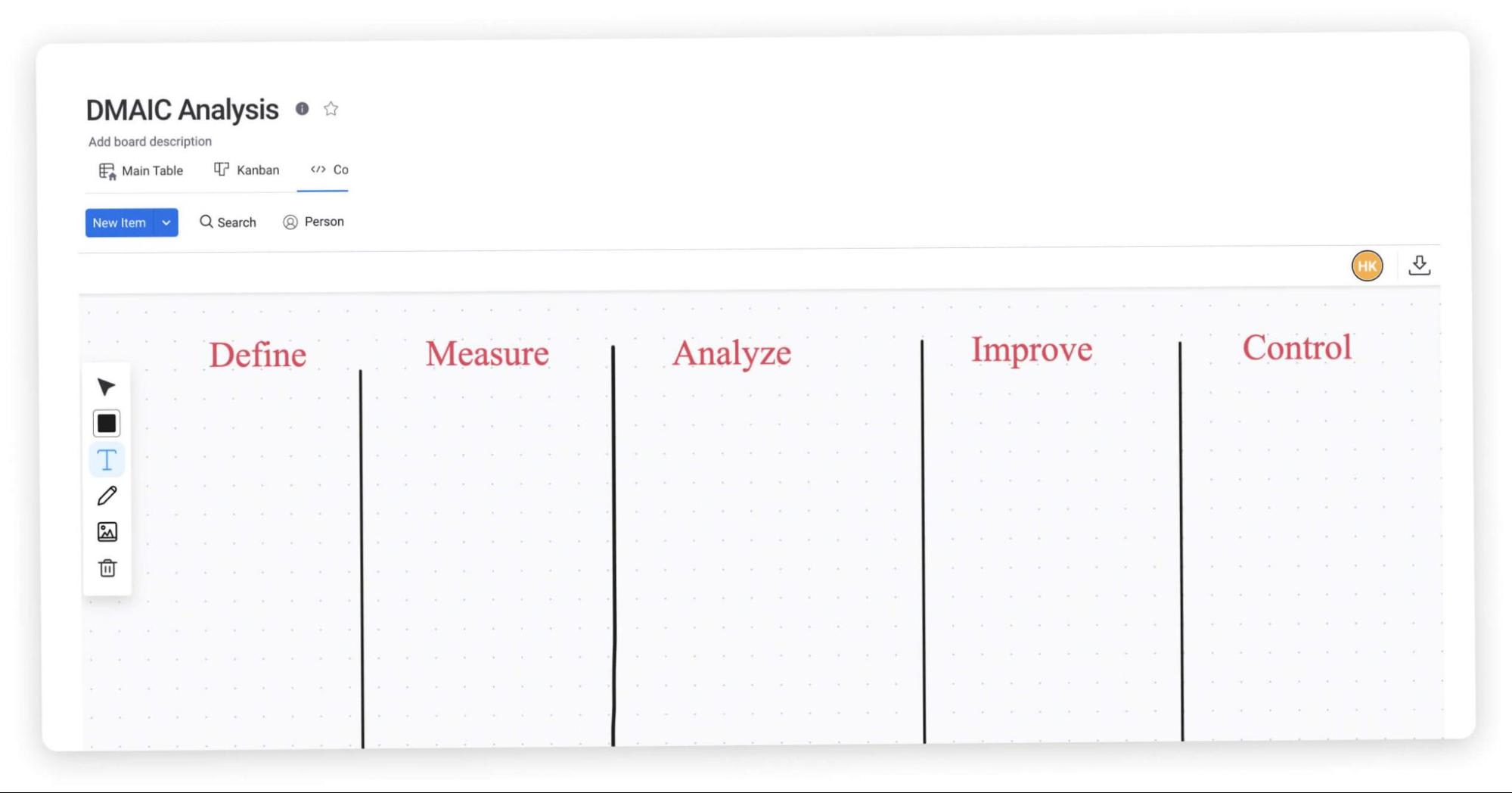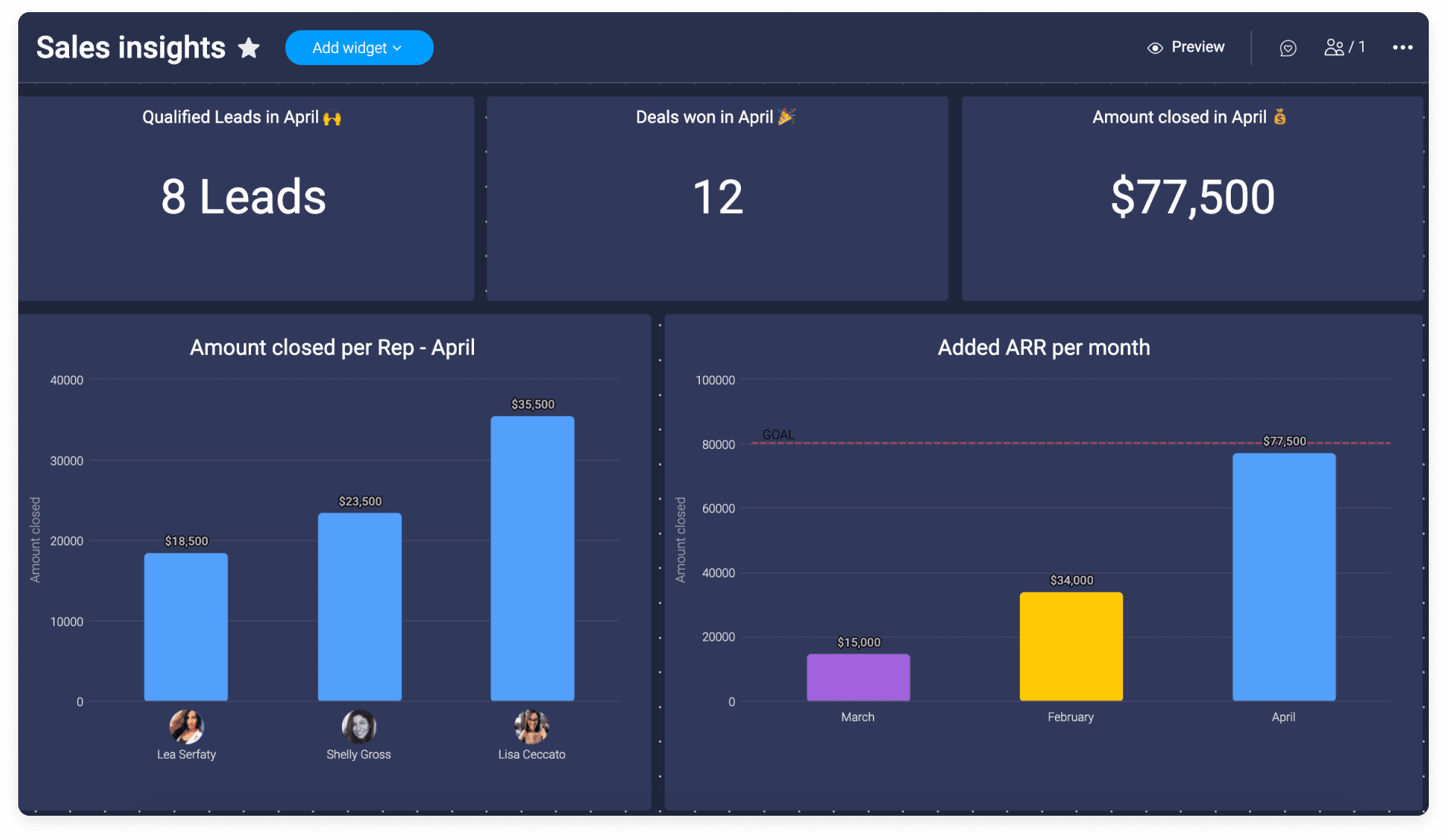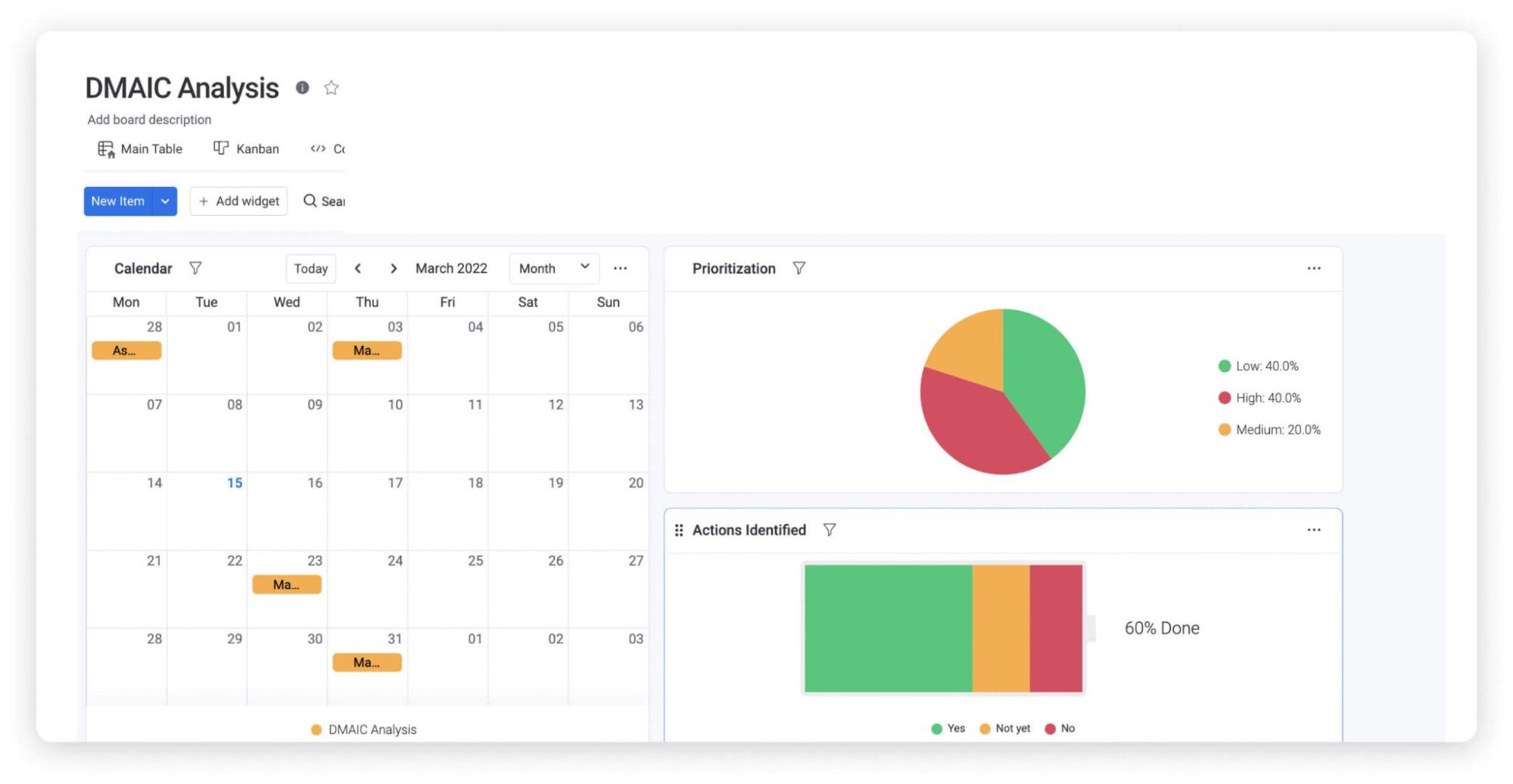DMAIC — a structured, five-step approach to process improvement — is integral to the Six Sigma initiative. It’s a popular and robust methodology for identifying areas of improvement and determining appropriate actions to remedy them.
Creating a brand new document every time the DMAIC model is used? Not ideal That’s where templates come in.
A DMAIC template lets product and project managers skip the document setup phase and dive into process improvement initiatives. It also ensures consistency across multiple departments and Sigma DMAIC studies.
This article will share the monday.com DMAIC template and explain how to use it to kickstart DMAIC initiatives. We’ll even showcase some helpful examples for inspiration.
What is a DMAIC template?
DMAIC (Define. Measure. Analyze. Improve. Control) is a business process improvement methodology that collects extensive data, analyzes it to find an opportunity for improvement, and suggests appropriate business changes. As a data-driven quality management framework, users of DMAIC need a formalized document for capturing this information (aka, the DMAIC template).
A DMAIC template includes headers for each of the five high-level phases involved in the quality improvement procedure, with space to include information specific to the DMAIC study under each header.
Example: Here’s what a PowerPoint template for DMAIC might look like.

Why use a DMAIC template?
The main benefit of using a DMAIC template is efficiency. Rather than spending 20-30 minutes creating a document to capture the DMAIC data, simply save a copy of the template — keeping the original intact for future use — and get straight into identifying areas for improvement.
The main reason to use DMAIC is to identify opportunities to increase efficiency. Therefore, it makes sense to take the most efficient route to get there!
A few other benefits to using a DMAIC template include:
- Consistency: Use the same template across all departments, team members, and DMAIC studies. Data will be easier to understand and interpret across the board.
- Improved results: Use learnings from each DMAIC study to change the template and apply these learnings to subsequent studies.
- Professionalism: DMAIC templates are designed to look sharp and professional.
What are common use cases for the DMAIC template?
Let’s explore how different industries can use a DMAIC template to boost product quality and productivity.
Manufacturing
Repetitive and cyclical jobs (like manufacturing lines) are ideal candidates for DMAIC as they provide ample opportunity to capture data to analyze and improve upon.
Here’s how a company could use the monday.com DMAIC template to improve its manufacturing process:
- Define: Identify the specific products and workflows to monitor and the goal — for example, green widget, packaging workflow, increased throughput.
- Measure: Define the metrics. Monitor for a reasonable period to capture statistically meaningful data. For example: number of products packaged correctly. Monitor production for five days.
- Analyze: Identify and address outliers and look for trends. For example: production output drops between 3 PM and 5 PM.
- Improve: Put countermeasures in place. Monitor the process to ensure the desired improvement. For example: machine shut off from 2:30 to 3 PM to cool down and replace component A.
- Control: Implement measures to maintain. For example: install an output monitoring device to notify operators when production drops due to machine overheating.
By following the lead of this example, it’s easy to optimize any process within a manufacturing plant. It’s also easy to use a similar approach when developing B2C and B2B software, apps, or other digital products.
All industries: improving company culture
DMAIC templates can also be used outside of the production realm. For example, it can be a helpful framework for improving company culture:
- Define: Live up to the company’s value statements.
- Measure: Determine the leadership behaviors that will influence cultural change — such as demonstrating the values in practice, communicating goals to employees, and conducting team meetings to identify paths to achieving the company vision.
- Analyze: Understand the gaps between the current and desired cultures. For example, leaders may not be observably demonstrating the defined values. Then, define the actions that will close these gaps — leadership focus on values, for example.
- Improve: Implement these measures. Provide training and coaching to leaders. Consider removing reluctant or incapable leaders. Conduct employee surveys and one-on-one interviews to understand the impact of new initiatives.
- Control: Establish a regular cadence for monitoring employee sentiment. Implement an employee of the month initiative based on company values.

Don’t be afraid to use the DMAIC template to improve various workflows and processes within the business.
monday.com’s DMAIC template
While most DMAIC templates are designed on word editors and presentation platforms like PowerPoint, we’ve decided to take ours further. The monday.com template includes everything you need to run a DMAIC study. It’s built on the monday.com Work OS, opening up a world of helpful process improvement and workflow management tools. Let’s look at a few.
1. Time tracking column
Use the Time Tracking Column in the monday.com work management board to measure the amount of time spent on each activity if your DMAIC study intends to identify areas of slow performance.
![]()
2. Custom reporting dashboards
Once the DMAIC review has been completed, and appropriate controls have been implemented, set up a custom dashboard in the monday.com Work OS with the relevant reports — stacked charts, performance by employee, and Pareto charts. Check at a glance that the controls put in place are doing what they’ve been designed for.

3. Multiple workflow views
Managing workflows on monday.com means teams can view upcoming tasks in whichever way they work most efficiently. For example, do you have one employee who likes Kanban and another who prefers data to be displayed in a table? Not a problem.

With monday.com, each employee can use their preferred view while simultaneously working on the same board!
DMAIC template tips & tricks
Unsure about the best way to use our DMAIC template? Here are a few helpful tips and tricks.
Choosing an appropriate goal
When defining project goals, choose tasks that make a meaningful and noticeable difference but aren’t too challenging to address. That’s the sweet spot where you’ll get the most return on investment.
Observe before acting
When defining the goal of the DMAIC study, invest time in observing the process to improve. This will help get specific about goals.Use the DMAIC framework to improve the company’s process of designing content briefs for its freelance writers. Rather than simply setting this as a goal, spend some time observing first. A more appropriate definition would be to improve the keyword research aspect of that process.
The “mere measurement effect.”
Be careful of a scientific phenomenon known as the “mere measurement effect” — simply observing and measuring an action can influence how the action is performed and, thereby, the data you capture.
Solve this potential effect by spending extra time during the measurement phase — several days, for example — and ignoring the data captured in the first few observations.
FAQs about DMAIC templates
What is the DMAIC procedure?
DMAIC is a five-step procedure (5 phases) for business process improvement:
- Define: Determine the problem you are looking to solve. What is the ideal outcome?
- Measure: Capture relevant data regarding the process and the problem.
- Analyze: Review data, identify cause-effect relationships between inputs and outputs, and determine potential solutions.
- Improve: Implement suggested solutions.
- Control: Establish standards to maintain going forward to ensure improvements are sustained.
How to write a DMAIC problem statement?
A problem statement in the lean Six Sigma/DMAIC technique should include the following information:
- A brief description of the problem
- The metric used to monitor and describe the problem
- Where the problem is occurring (the name of the process)
- The timeframe over which the problem has been identified
- The magnitude of the problem
